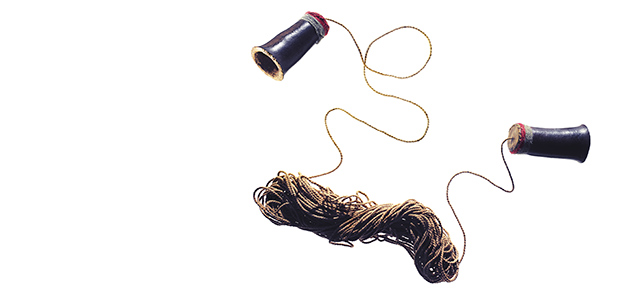
© Travis RathboneFrom the Smithsonian National Museum of the American Indian
As a nomadic cultural historian, my subjects have led me in wildly different directions. I spent every Friday for five years in a dim, dusty reading room in West Orange, New Jersey, formerly a laboratory on the second floor of Thomas Edison's headquarters, deciphering the blunt-penciled scrawls of the celebrated inventor. Two years after my biography of Edison appeared, I found myself laboring up vertiginous stairs at daybreak in Mexico, photographing the faded ocher outlines of winged snakes etched into stone temples at the vast ruins of Teotihuacán. The daunting treks led to a book on Mesoamerican myth,
Legends of the Plumed Serpent.
Those two disparate worlds somehow collided unexpectedly on a recent afternoon in the hushed, temperature-controlled precincts of the National Museum of the American Indian storage facility in Suitland, Maryland. There, staffers pushing a rolling cart ushered one of the museum's greatest treasures into the high-ceilinged room. Nestled in an acid-free corrugated cardboard container was the earliest known example of telephone technology in the Western Hemisphere, evoking a lost civilization - and the anonymous ancient techie who dreamed it up.
The gourd-and-twine device, created 1,200 to 1,400 years ago, remains tantalizingly functional - and too fragile to test out. "This is unique," NMAI curator Ramiro Matos, an anthropologist and archaeologist who specializes in the study of the central Andes, tells me. "Only one was ever discovered. It comes from the consciousness of an indigenous society with no written language."
We'll never know the trial and error that went into its creation. The marvel of acoustic engineering - cunningly constructed of two resin-coated gourd receivers, each three-and-one-half inches long; stretched-hide membranes stitched around the bases of the receivers; and cotton-twine cord extending 75 feet when pulled taut - arose out of the Chimu empire at its height. The dazzlingly innovative culture was centered in the Río Moche Valley in northern Peru, wedged between the Pacific Ocean and the western Andes. "The Chimu were a skillful, inventive people," Matos tells me as we don sterile gloves and peer into the hollowed interiors of the gourds. The Chimu, Matos explains, were the first true engineering society in the New World, known as much for their artisanry and metalwork as for the hydraulic canal-irrigation system they introduced, transforming desert into agricultural lands.
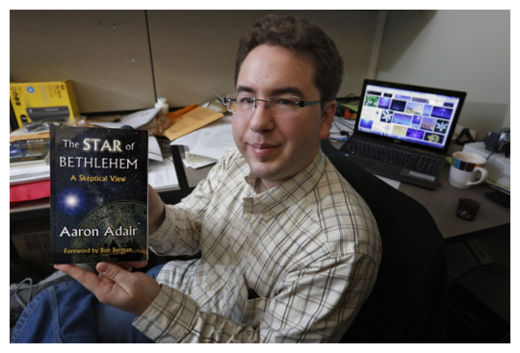
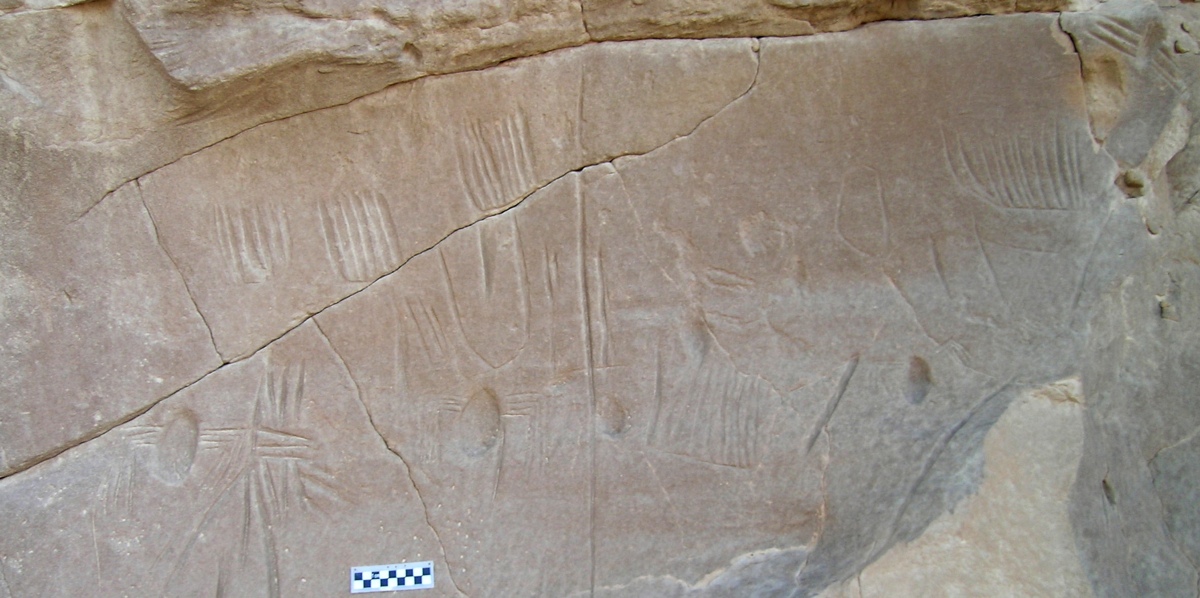
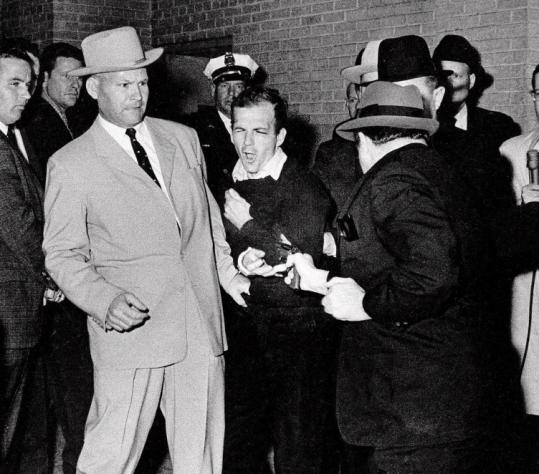
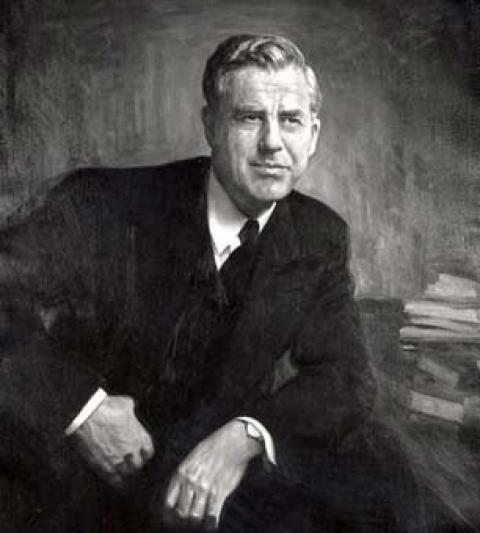
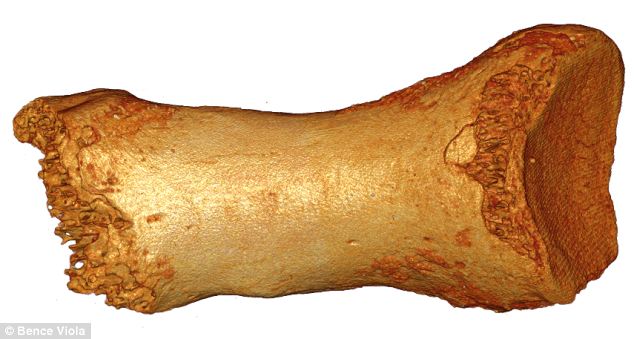
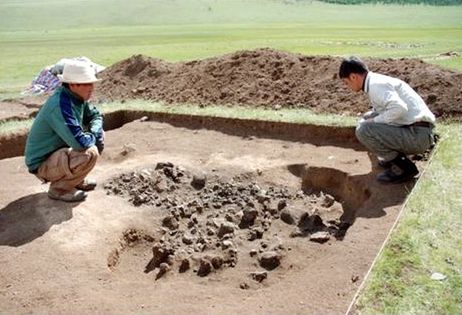
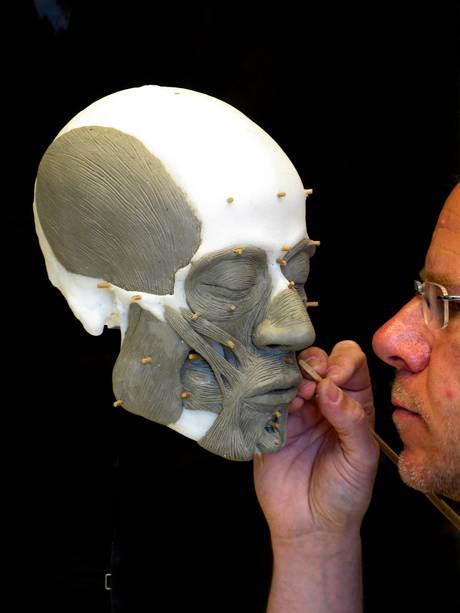
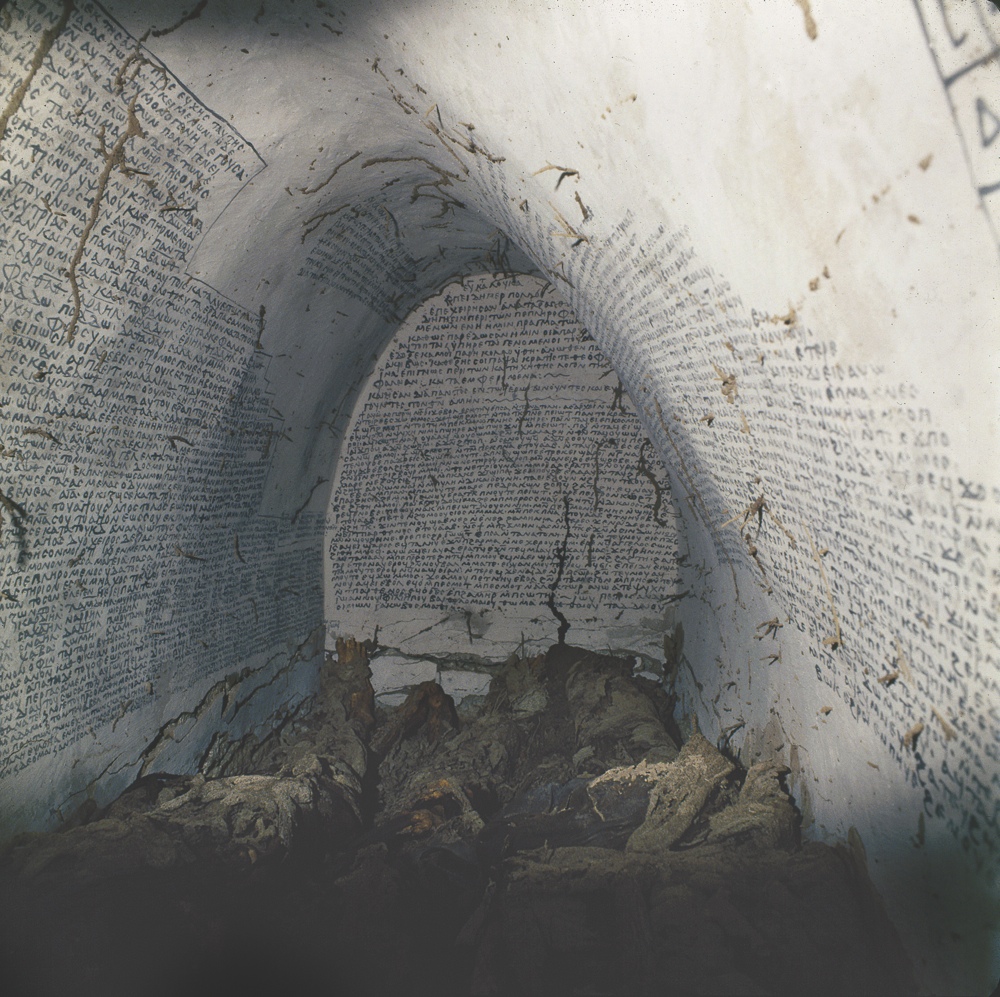




Comment: Top class interview about a top class gentleman. Paul Jay is so right - they would have had no qualms about shooting Wallace dead in broad daylight. This is arguably the most important nexus point in modern US history. JFK tried to reverse what had already been set in motion by the coup against Wallace and the subsequent creation of the bomb, the Pentagon, the CIA, the NSA and the overall National Security State. If you haven't seen it yet, Oliver Stone and Peter Kuznick's Untold History of the United States is well worth watching.